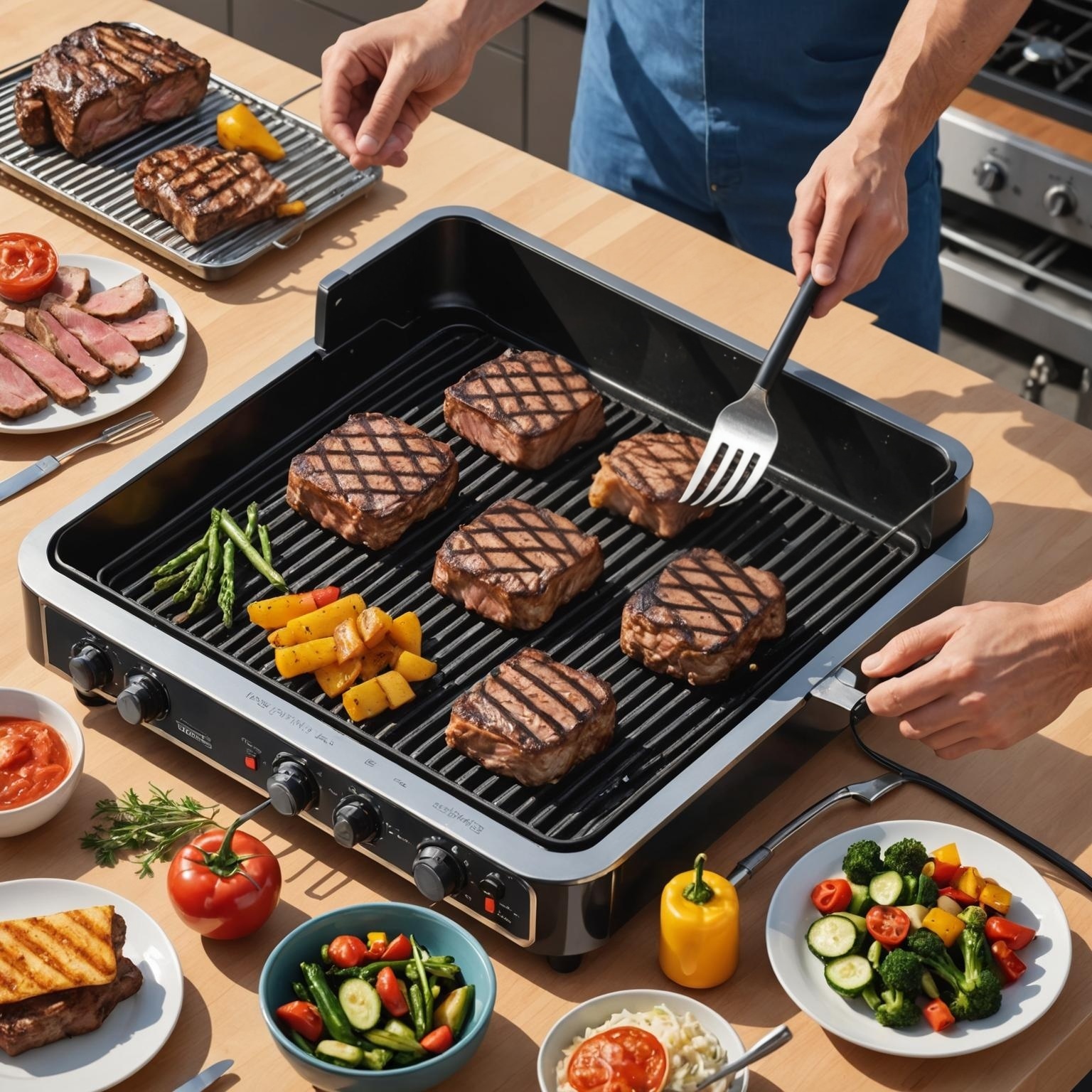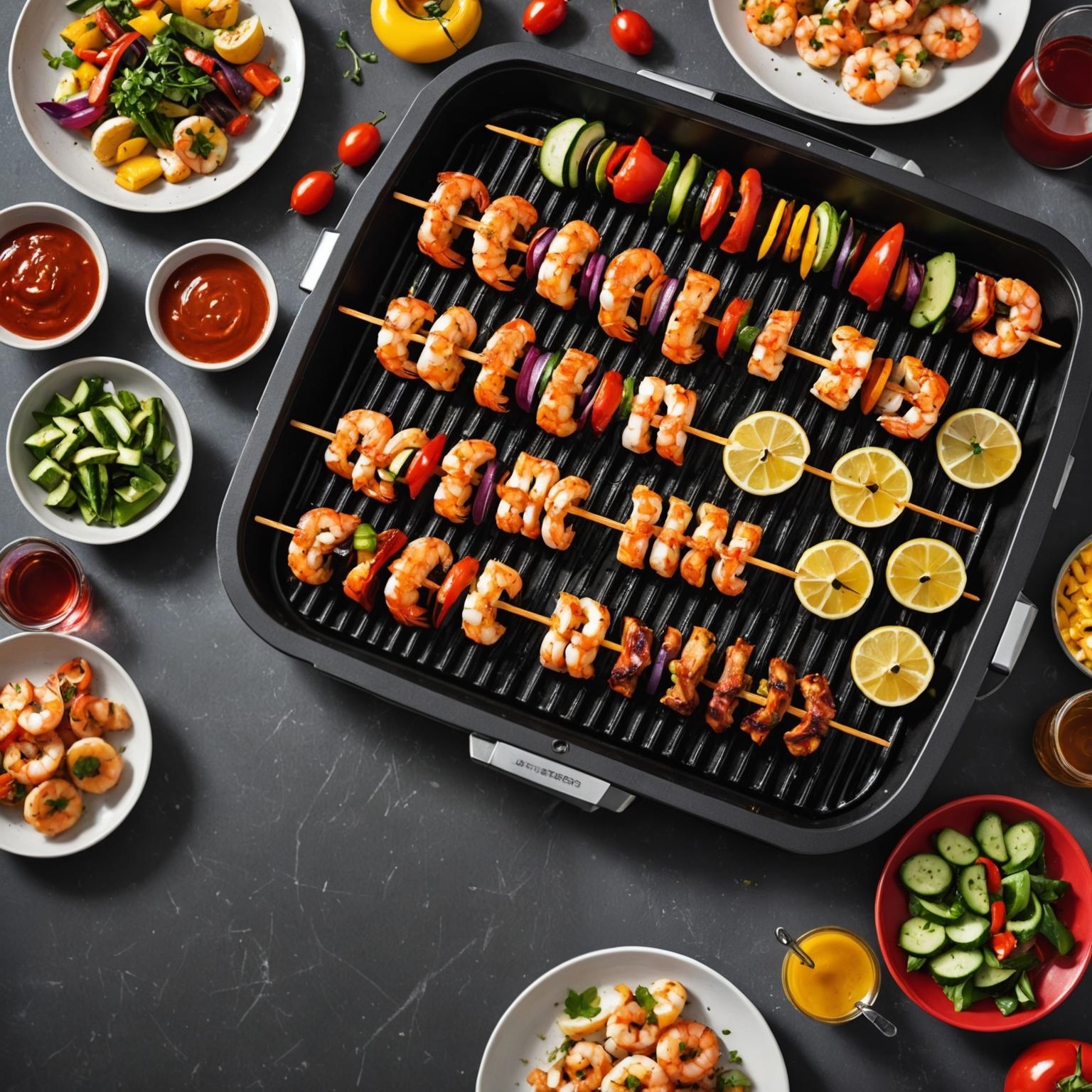The Heart of Your Grill: Understanding the Tube Heating Element
The modern electric grill has become an indispensable appliance for food enthusiasts who crave the delicious, charred flavor of barbecued food without the hassle of charcoal or gas. Central to its performance and efficiency is a component that often goes unnoticed until it fails: the Tube Heating Element for Electric Grill. This crucial part is the powerhouse of your appliance, responsible for generating the consistent, high heat necessary to cook everything from succulent steaks to delicate vegetables perfectly. Understanding its function is the first step toward mastering your indoor grilling experience and ensuring your grill has a long, productive life.
How Electric Grill Heating Elements Work
A tube heating element is a marvel of simple, effective engineering. It typically consists of a metallic sheath, usually made of stainless steel or an alloy like Incoloy, which houses a coiled resistance wire. This wire is surrounded by an insulating powder, such as magnesium oxide, which conducts heat efficiently while preventing electrical short circuits. When you turn on your grill, an electric current passes through the resistance wire, causing it to heat up rapidly due to its electrical resistance. This intense heat is then transferred through the insulating powder to the outer metal tube, which radiates the heat evenly across the grilling surface. This design ensures that your food cooks uniformly, avoiding hot spots and undercooked areas, making the electric grill heating element the key to consistent culinary results.
Recognizing When You Need a Replacement
Like any component, a grill heating tube can wear out over time. Recognizing the signs of a failing element is crucial for maintaining your grill's performance. The most obvious symptom is a grill that won't heat up at all. Other, more subtle signs include slow preheating times, the grill not reaching its maximum temperature, or uneven cooking. You might also notice visible damage to the element itself, such as blisters, cracks, or pits on the surface of the tube. If you observe any of these issues, it is likely time to look for replacement parts for your electric grill. Ignoring these signs can lead to frustrating cooking experiences and can sometimes pose a safety risk.
Choosing the Right Replacement Parts for Your Electric Grill
When it's time to replace a faulty element, selecting the correct part is essential for both safety and functionality. The first step is to identify your grill's specific make and model number, which is usually found on a label on the unit's body. With this information, you can search for a compatible tube heater for grill. It is vital to match the replacement element's specifications—including wattage, voltage, shape, and size—to the original. Using an incompatible element can lead to poor performance, damage your grill, or create a potential fire hazard. Opting for either original manufacturer parts or high-quality, certified aftermarket replacements will ensure your grill operates as intended, restoring its powerful and reliable cooking capabilities for countless meals to come.
Maintaining Your Grill for Longevity
Proper maintenance can significantly extend the life of your electric grill and its heating element. Regular cleaning is paramount. After the grill has completely cooled, gently wipe down the heating element with a dry or slightly damp cloth to remove any grease splatter or food debris. Avoid using harsh abrasives or soaking the element in water, as this can damage it. A clean element not only performs better but also reduces smoke and the risk of flare-ups. By investing a small amount of time in maintenance and promptly addressing the need for replacement parts for electric grill when necessary, you ensure your appliance remains a reliable partner in your culinary adventures, ready to deliver delicious, perfectly grilled food anytime.





